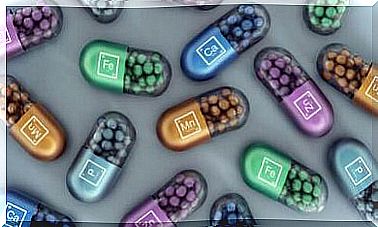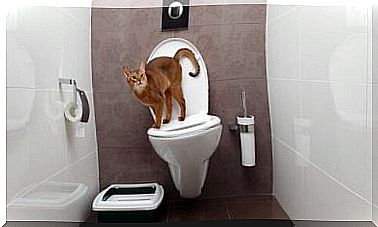Learn To Detect Anemia In A Dog
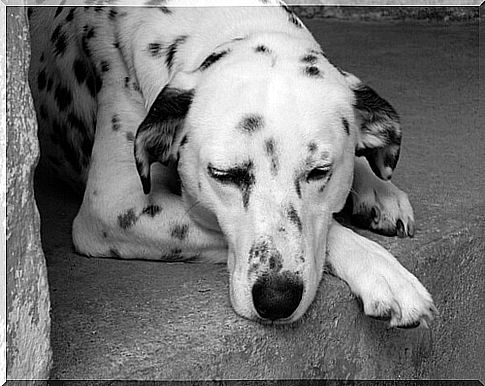
Knowing how to detect anemia in a dog will allow you to act quickly and avoid some consequences that can be serious. We’ll tell you what the main signs are that something isn’t right with your furry red blood cells.
Some data on anemia
Anemia is defined as an abnormal decrease in the number or size of red blood cells or in the level of hemoglobin, the red pigment in red blood cells.
Red blood cells form in the bone marrow and are intended to transport oxygen from the alveoli to other parts of the body. They also take care of transporting carbon dioxide to the lungs for its expulsion.
For this reason, the signs of anemia are produced by insufficient oxygen in organs and muscles.
Adult dogs are considered anemic when the concentration of red blood cells in the total blood is less than 37% of the volume. Normal values range between 39 and 60%.
Main signs of anemia in a dog
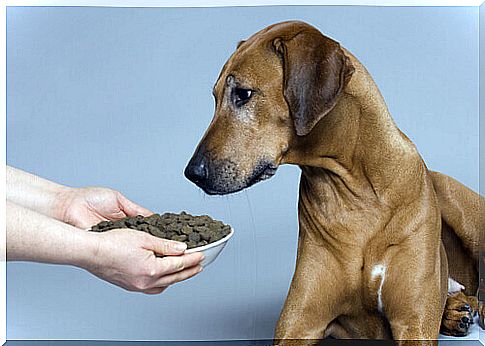
Among the signs that may be indicating anemia in a dog, the following stand out :
- Lack of appetite
- Lethargy
- generalized weakness
- Pale pink to almost white mucous membranes of the gums and tongue
- exercise intolerance
- Greater predisposition to get sick
- Accelerated pulse and respiratory rate, in more severe cases
If you notice any of these signs on your furry, take it to the vet as soon as possible. The professional, through a blood test and other complementary studies, will confirm or rule out the diagnosis. In addition, he will look for the causes that caused anemia in your pet and determine the appropriate treatment.
For what reasons can a dog be anemic
Among the main causes of anemia in a dog are blood loss, which can be caused by:
- Various traumas
- Internal and external parasites
- gastrointestinal tumors
- Ulcers in the stomach or duodenum.
There may also be a deficit in the production of red blood cells due to eating disorders and some metabolic disorders.
Hemolysis, another cause of anemia in a dog
Another reason that causes anemia in a dog is hemolysis. This is an acceleration of the normal process of breaking down red blood cells. A dog with an acute hemolytic crisis usually presents:
- Jaundice (yellowish coloration on the skin and whites of the eyes)
- dark urine
- Inflammation in the spleen, liver and lymph nodes
Hemolysis can have different origins :
- Immune-mediated hemolytic anemia, which is the most common cause. The destruction of red blood cells is caused by autoantibodies (antibodies misdirect themselves against organs or tissues). It occurs in breeds such as Poodle, English Bobtail, Irish Setter and Cocker Spaniel.
- Congenital hemolytic anemia caused by several hereditary abnormalities in the structure of red blood cells. For example: phosphofructokinase or pyruvate kinase deficiency.
- Infectious diseases (babebiosis, canine leptospirosis, etc.)
- Reaction to drugs such as acetaminophen
- serious infections
- Poisonous snake bites
At the slightest suspicion of anemia, go to the veterinarian
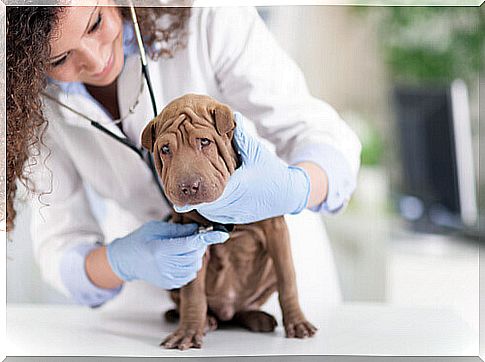
Faced with a severe case of anemia, it is very likely that a blood transfusion should be resorted to. It is an emergency measure to prevent further complications.
It is always better to avoid extreme cases. So, take a good look at your furry one and, at the slightest suspicion that he may be anemic, take him to the veterinarian.
The more quickly the causes that are causing anemia in a dog are determined, the more likely the animal will be able to recover quickly. Show your pet how much you love him by taking care of him properly.



